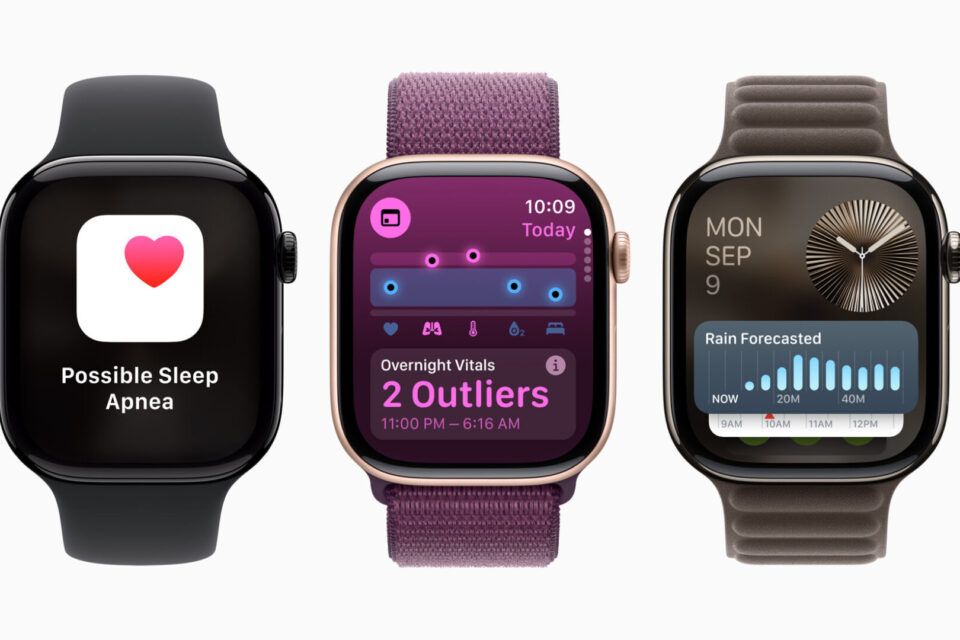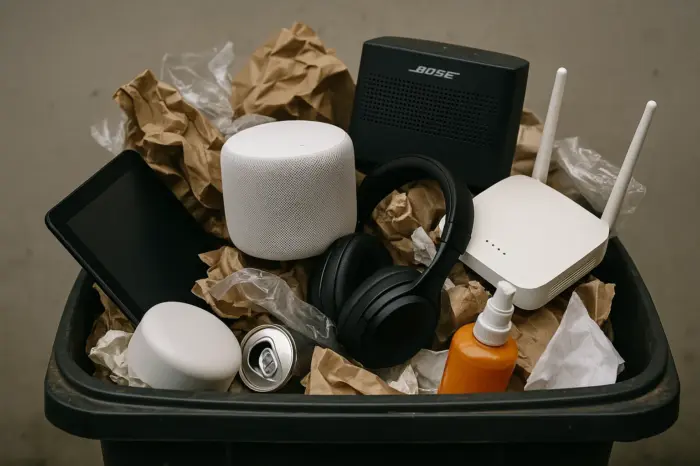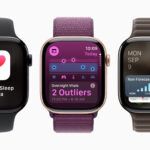Apple Restores Blood Oxygen Feature for U.S. Apple Watch Users – Plus New Models Leaked

Apple has re-enabled the blood oxygen measurement feature in certain Watch models in the United States. This has been made possible through a software update, now permitted thanks to a decision by U.S. customs authorities. At the same time, a leak has revealed details about upcoming Apple Watch models.
Return of blood oxygen measurement for U.S. customers
Almost two years after Apple had to remove the blood oxygen measurement function from its smartwatches in the United States, affected users can now use it again – albeit in an adapted form. The background was a patent dispute with medical technology company Masimo, which in early 2024 led the U.S. International Trade Commission (ITC) to ban the feature in certain models (WSJ, The Verge).
The affected devices are exclusively Apple Watch Series 9, Series 10, and Ultra 2 models sold in the United States that were shipped without the active blood oxygen function during the patent dispute. In other markets – including Europe – the feature was never disabled and remains fully available.
Apple is now addressing the patent issue through a technical workaround: The sensors still take measurements at the wrist, but the calculation and analysis of the data no longer happen directly on the watch. Instead, they are processed on the paired iPhone, where the results appear in the Health app under the “Respiration” section.
The reactivation is being rolled out via the iOS 18.6.1 and watchOS 11.6.1 updates starting on August 14, 2025. Users who purchased their devices outside the United States will notice no change.
Leak reveals new models and chip details
In addition to this return in the U.S., Apple made headlines this week when internal information about upcoming hardware was made public – apparently unintentionally or as a calculated marketing move.
MacRumors reports that Apple disclosed details of the upcoming S11 chip in the course of a code upload. This chip is expected to be used in the Apple Watch Series 11, Ultra 3, and Watch SE 3 models.
Technically, the S11 still builds on the T8310 architecture found in the S9 and S10 chips. Performance and energy efficiency are said to be slightly improved, but major performance leaps are not expected. Specifications include a 64-bit dual-core processor, a 4-core Neural Engine, 64 GB of storage, and second-generation Ultra-Wideband support (MacRumors).
Industry observers expect Apple to unveil the new watches in September – likely alongside the iPhone 17. Anticipated changes include minor design tweaks, longer battery life, and new color options, but no fundamental redesign.
Conclusion
Apple once again demonstrates how legal hurdles can be navigated through technical adjustments – even if the solution in this case only benefits U.S. users. At the same time, the clues are mounting that the next Apple Watch generations will be more evolutionary than revolutionary. For users worldwide, blood oxygen measurement remains a familiar feature – while in the United States, a long-missed function is finally making its return.















